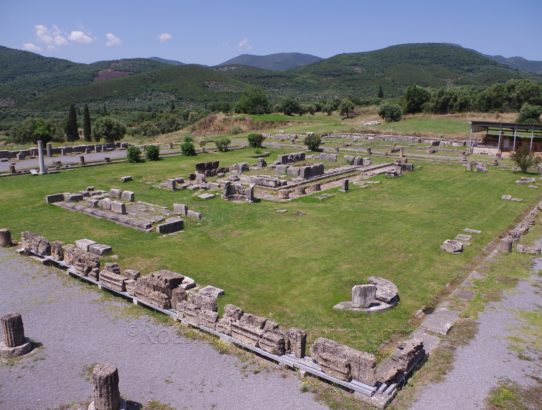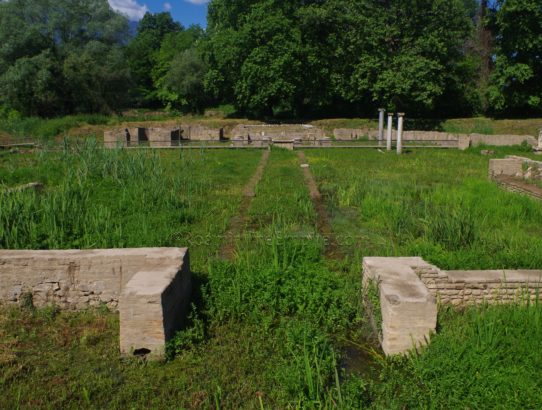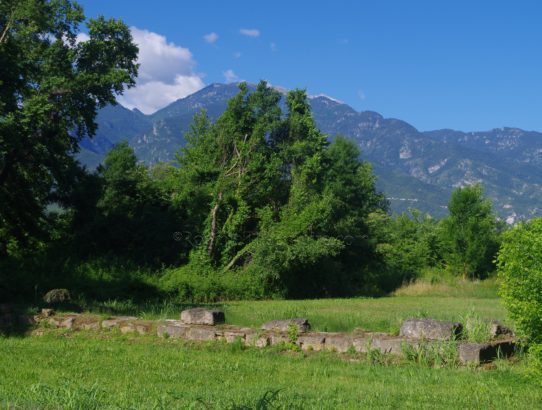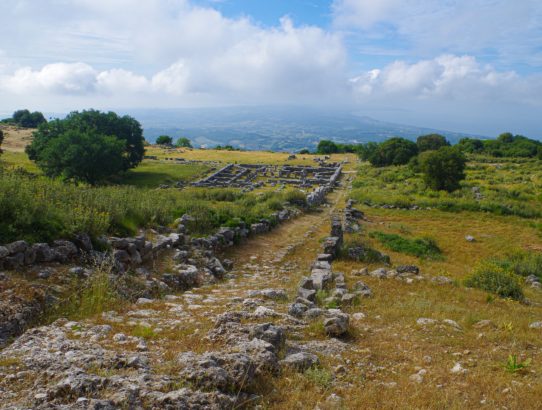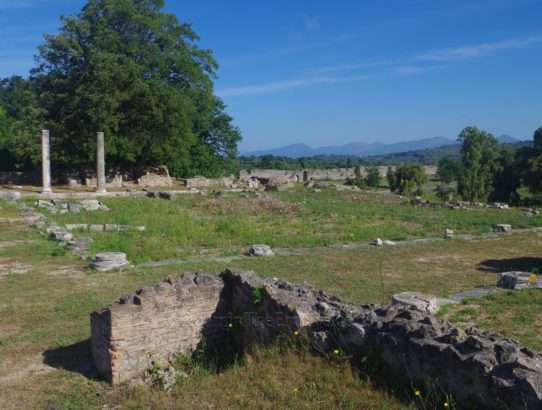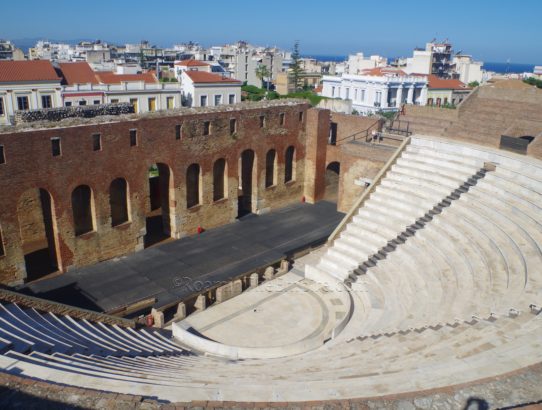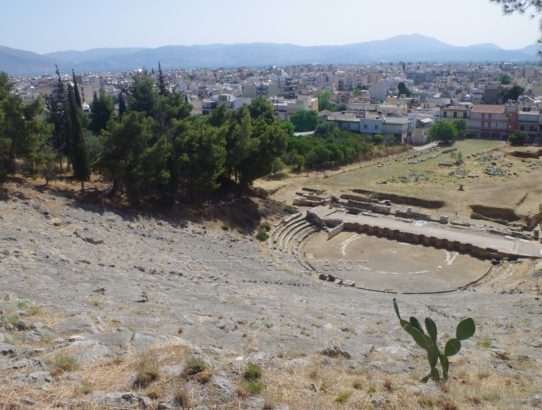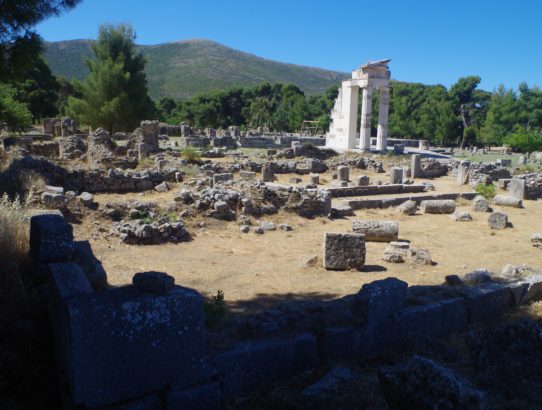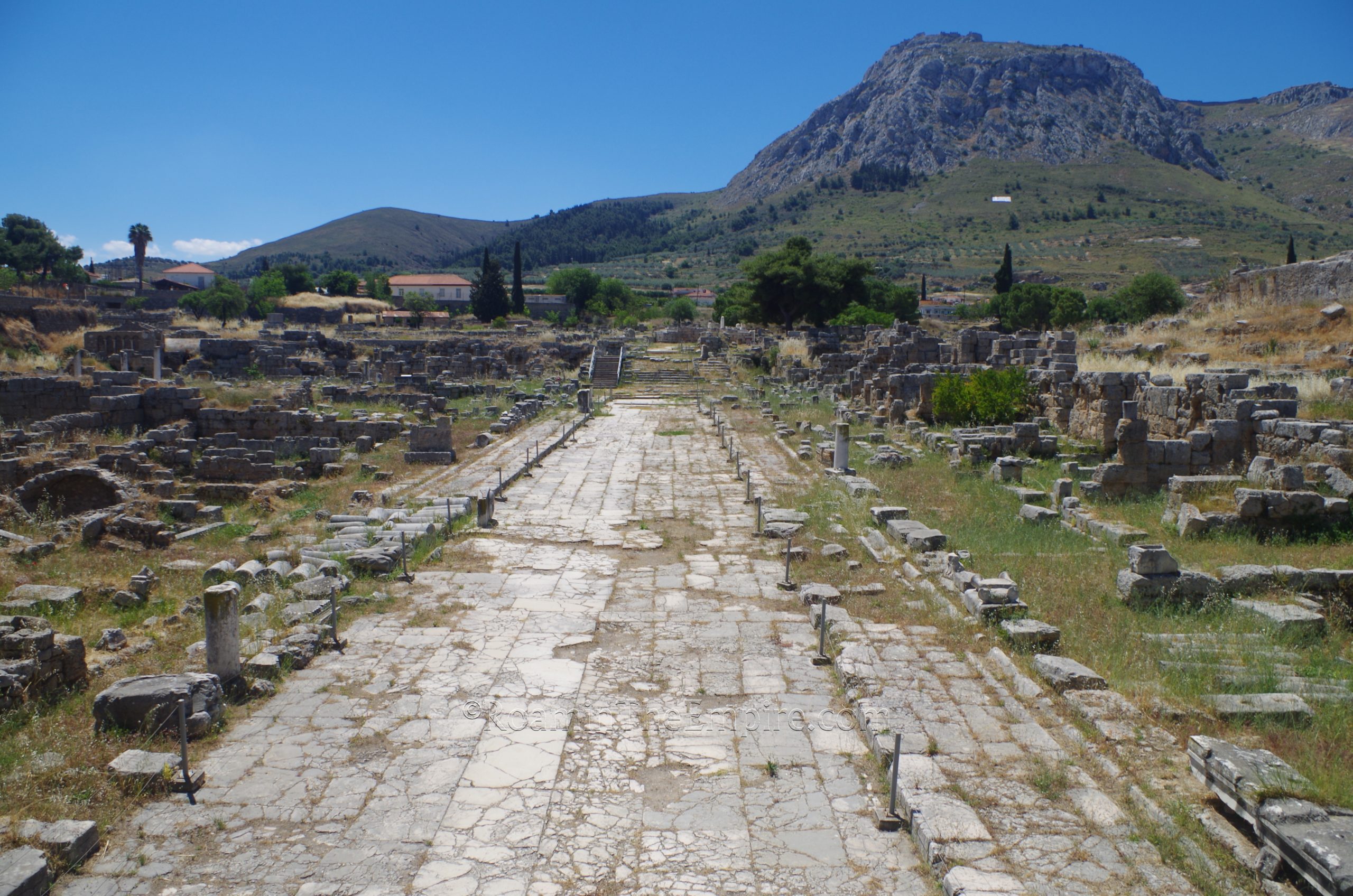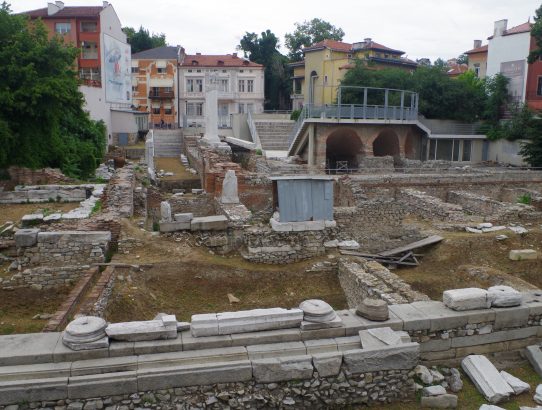Messene, Achaea – Part V
Continued From Messene, Achaea – Part IV Continuing up the eastern wing of the Asklepieion is the monumental eastern propylon of the sanctuary. This was the primary entrance into the Asklepieion from the eastern road, at a slightly elevated height, down into the eastern stoa. The exterior face of the propylon had an open triple…
Read More


